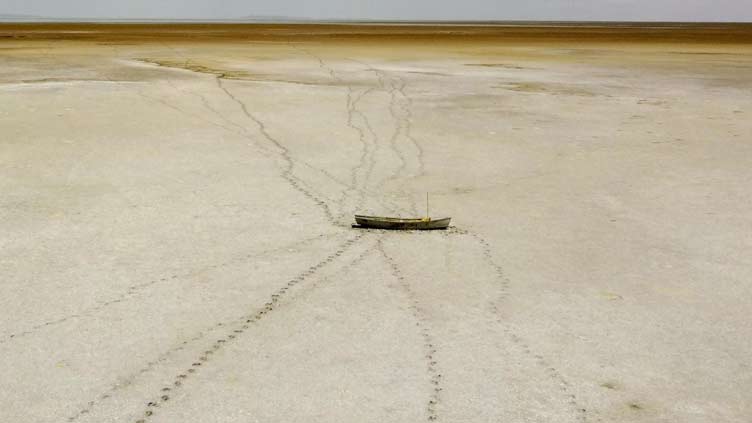In Bolivia, Lake Poopo’s ‘water people’ left high and dry

Puñaca Tinta María (MNP) – An abandoned boat rests on the cracked earth where formerly it floated. Lake Poopo, once Bolivia s second-largest, has mostly disappeared — taking with it a centuries-old culture reliant entirely on its bounty.
Felix Mauricio, a member of the Uru Indigenous community, used to be a fisherman. Now 82, he gazes over a barren landscape and chews coca leaf to suppress the hunger pains. “The fish were big. A small fish was three kilos,” he recalls of the good old days.
At its peak in 1986, Lake Poopo spanned some 3,500 square kilometers (1,350 square miles) — an area more than twice the size of Greater London. But by the end of 2015 it had “fully evaporated” according to a European Space Agency timeline of satellite images tracking the lake s decline. Scientific studies have blamed a confluence of factors, including climate change and water extraction for farming and mining in the area on the Bolivian high plains, some 3,700 meters above sea level.
“Here was the lake… It dried up quickly,” Mauricio told AFP, kneeling in the dry bed and playing with a miniature wooden boat he had carved himself — pushing it around with a wistful look, like a kid lost in an imaginary world. Mauricio has always lived in Punaca Tinta Maria, a village in the southwestern region of Oruro. His grandparents settled in the area in 1915 at a time when the waters of Lake Poopo lapped at doorsteps and intermittently flooded huts.
